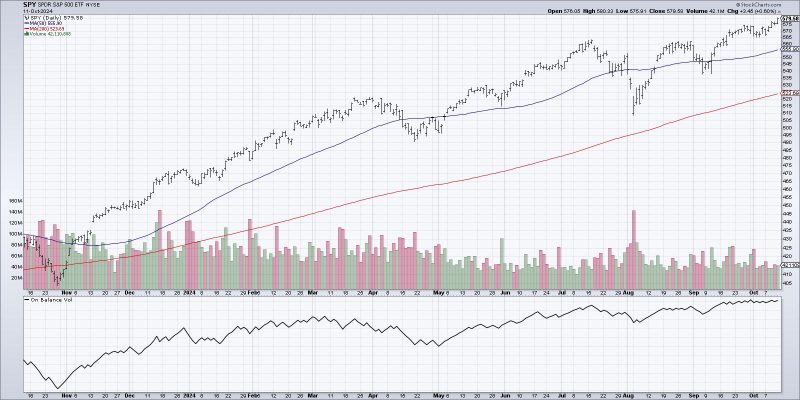In the world of trading and investing, there are myriad indicators that traders and investors can use to analyze market trends and make informed decisions. Among these indicators, one stands out as particularly powerful and versatile – the Volume Indicator.
Volume is a critical component of market analysis that measures the number of shares or contracts traded in a security or market during a given period. By tracking volume, traders can gauge the strength or weakness of a price movement and confirm the validity of a trend. While price action is undoubtedly important, volume provides essential context and confirmation for market movements.
One of the reasons the Volume Indicator is so valuable is its versatility in various trading strategies. Whether you are a day trader, swing trader, or long-term investor, volume can be a crucial tool in your decision-making process. In day trading, for example, high volume during a price breakout can signal the beginning of a significant move, while low volume during a rally may indicate a lack of conviction among traders.
For swing traders, volume can help confirm the strength of a trend and identify potential reversal points. Increasing volume during a price move suggests that the trend is likely to continue, while decreasing volume may signal a weakening trend that could reverse soon. By combining volume analysis with technical indicators like moving averages and trendlines, swing traders can better time their entries and exits for maximum profitability.
Even long-term investors can benefit from paying attention to volume. Sudden spikes in volume in a stock or market index can indicate significant news or events that could impact long-term price trends. By analyzing volume patterns over an extended period, investors can identify accumulation or distribution phases and make more informed decisions about when to enter or exit their positions.
In addition to confirming trends and signaling potential reversals, the Volume Indicator can also provide valuable insights into market sentiment and investor behavior. For example, high volume during a downtrend may indicate panic selling or capitulation, suggesting that a market bottom is near. On the other hand, low volume during a rally could suggest that market participants are becoming complacent or that institutional investors are no longer actively buying.
In conclusion, the Volume Indicator is a powerful tool that all traders and investors should incorporate into their market analysis. By paying attention to volume patterns and trends, market participants can gain a better understanding of market dynamics, confirm the validity of price movements, and make more informed trading decisions. Whether you are a day trader, swing trader, or long-term investor, volume analysis can provide valuable insights that can help improve your overall trading performance.

